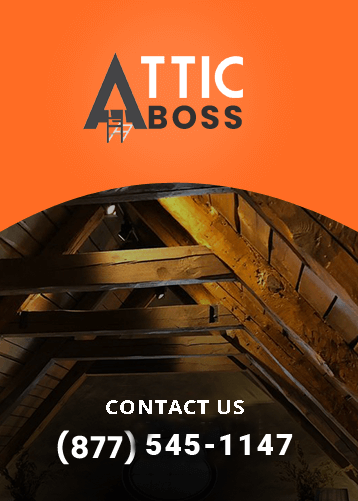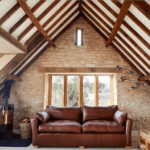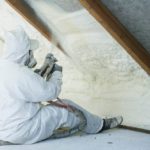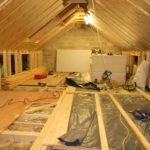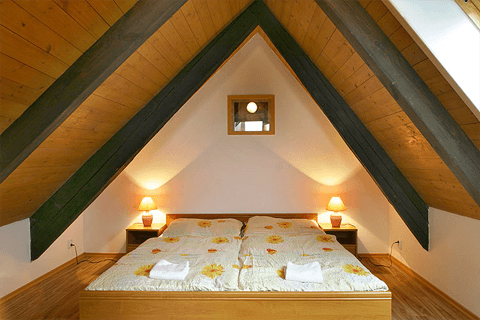
Choosing the right material for your insulation
A wide range of insulating materials is available in the market but its best to choose the right one based on your specific needs. The types of insulators, we work with, are as follows.
Blanket Insulation: Fiberglass, Mineral (rock or slag) wool, Plastic fibers and, Natural fibers are among the few materials which can be used as Blanket insulations. They can be applied on unfinished walls of the attic as well as on the floors or the ceilings where they can be fitted in-between stud joints and beams.
Concrete block insulation: Foam boards can be used as concrete block insulators and can be placed on the outside walls of the attic. They are available in varied sizes. Installing them requires high skills set and experience-based knowledge; we or any other experts will never suggest it as a DIY project.
These blocks being reasonably stable can be used to insulate almost any part of your home, from the roof down to the foundation.
Insulating concrete forms (ICFs): Foam boards or foam bricks are used as ICFs materials. They are installed as a part of the building structure during construction. They are known to have high thermal resistance.
Loose-fill and blown-in: Cellulose, Fiberglass, and Mineral (rock or slag) wool can be used as loose-fill or blown-in insulators. All these materials are produced from recycled waste materials so are also good for the environment. Cellulose, one of the loose-fill materials, is made from recycled newsprints while fiberglass products contain 40% to 60% recycled glass and mineral wool is usually produced from 75% post-industrial recycled contents. These are very easy to install but requires an expert touch for timely completion.
They are perfect for hard to reach places and can also be used to fill wall cavities. They are good for adding insulation to irregularly shaped areas and around obstructions.
Reflective Insulation: Foil-faced craft paper, plastic film, polyethylene bubbles or cardboard can be used as reflective isolation materials. They are fitted between wood- frame studs, joists, rafters, and beams in the attic and the ceiling. They reflect back heat and keep the indoors cool. Radiant barrier is one of the reflective materials in this category.
Rigid fibrous or fiber insulation: Fiberglass and mineral (rock or slag) wool are used as insulating materials. These materials can withstand high temperatures and so are perfect as roof insulators or ceiling insulators or attic insulators, or places which are subjected to direct sunlight and high temperatures.
Sprayed foam and foamed-in-place: Cementitious, Phenolic, Polyisocyanurate and, Polyurethane are some materials which can be used as sprayed insulators or foamed-in-place insulators for the attic insulation. They can be used on unfinished attic floors as well as on already existing floorings.
Structural Insulated Panels (SIPs): This uses foam board or liquid foam or straw core as the insulating material. They provide uniform insulation and take very little time to build. They are laid in form of panels.
You can choose any of the materials or a combination of one or more materials for your attic but you must consult experts and take their opinion before finalizing on a material for your attic insulation.

